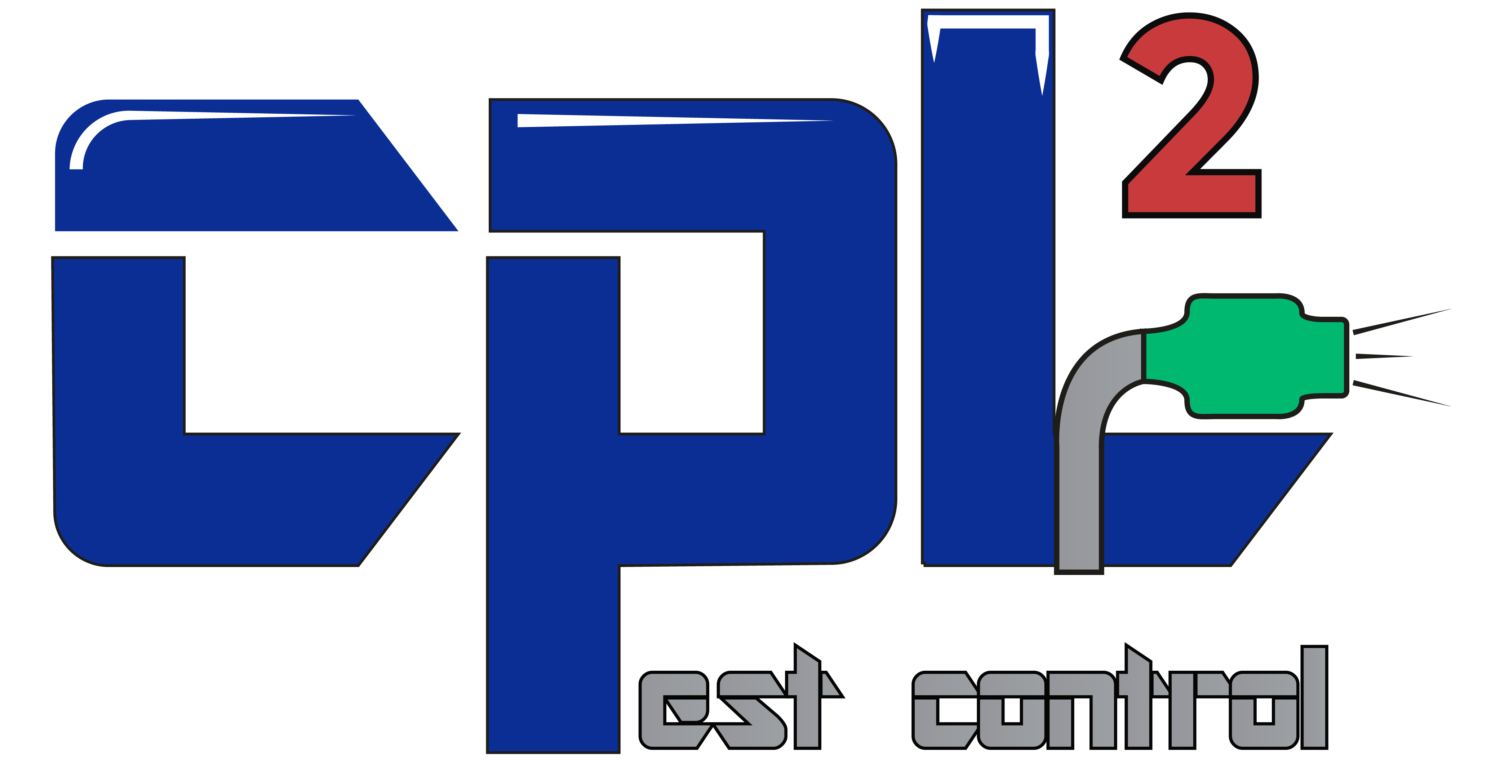Nestled in the heart of Texas, Shenandoah boasts picturesque landscapes and serene surroundings, making it an ideal haven for its residents. However, even in this tranquil setting, the battle against unwanted intruders persists. Carpenter ants, with their subtle yet destructive presence, have become a common concern for homeowners in Shenandoah. In this comprehensive guide, we will explore the intricate world of carpenter ants, from their dietary preferences and behavior to the damage they can inflict on your home. Furthermore, we will delve into the crucial differences between carpenter ants and termites, shedding light on why these insects might choose your home over others. Lastly, we will discuss effective prevention and control methods, highlighting the invaluable assistance provided by CPL Pest Control.
Understanding Carpenter Ants:
Carpenter ants, scientifically known as Camponotini, are formidable insects that play a crucial role in forest ecosystems by aiding in the decomposition of decaying wood. While they contribute positively to nature, their presence within the confines of a home can spell disaster. Carpenter ants are known for their sizable colonies, with worker ants ranging from a quarter-inch to half an inch in length, and queens growing even larger.
Dietary Preferences and Behavior:
Contrary to popular belief, carpenter ants do not consume wood. Instead, they are attracted to moisture-damaged or decaying wood, using it as a nesting site. These ants exhibit a diverse diet, including other insects, honeydew produced by aphids, and various food scraps. Understanding their dietary preferences is crucial for effective prevention and control strategies.
How Are They Different from Termites?
Carpenter ants and termites are often confused due to their shared affinity for wood, but they differ significantly in their behavior, appearance, and diet. Termites feed on wood cellulose, breaking it down into a digestible form, while carpenter ants excavate wood to build nests but do not consume the wood itself. Identifying these differences is essential for implementing targeted pest control measures.
So Why Your Home?
Shenandoah’s unique environment provides an ideal habitat for carpenter ants. Moisture-rich wood, common in the region’s homes, attracts these insects, prompting them to establish colonies within the walls, ceilings, or other wooden structures. Understanding the factors that make your home appealing to carpenter ants is the first step in developing a comprehensive pest management plan.
Potential Damage:
Carpenter ants can wreak havoc on the structural integrity of your home. As they tunnel through wood to create nesting sites, they compromise its strength, leading to potential damage over time. Identifying the early signs of infestation, such as sawdust-like material (known as frass) near wooden structures, becomes crucial in preventing extensive damage.
Carpenter Ant Prevention and Control Strategies:
Preventing carpenter ant infestations involves addressing the conditions that attract them to your home. Here are some effective strategies:
1. Moisture Control: Fix leaks promptly and ensure proper ventilation to reduce moisture levels, making your home less attractive to carpenter ants.
2. Wood Maintenance: Regularly inspect and replace moisture-damaged or decaying wood in and around your home.
3. Food Sources: Seal food containers tightly, clean up crumbs and spills promptly, and dispose of food waste in sealed bins to eliminate potential food sources for ants.
4. Landscaping Practices: Trim trees and shrubs away from your home, preventing direct access for carpenter ants.
5. Sealing Entry Points: Seal cracks, gaps, and other potential entry points, blocking the ants’ access to your home.
CPL Pest Control: Your Ally in Pest Management:
When prevention measures prove insufficient, professional intervention becomes necessary. CPL Pest Control, a trusted name in pest management in Shenandoah, offers comprehensive solutions tailored to the unique challenges posed by carpenter ant infestations.
1. Thorough Inspection: CPL Pest Control begins with a meticulous inspection of your property, identifying the extent of the infestation and vulnerable areas.
2. Customized Treatment Plans: Based on the inspection findings, CPL Pest Control designs personalized treatment plans, combining environmentally friendly solutions with targeted insecticides to eradicate carpenter ants effectively.
3. Preventive Measures: In addition to addressing existing infestations, CPL Pest Control focuses on implementing preventive measures to fortify your home against future carpenter ant invasions.
4. Follow-Up Services: Regular follow-up visits ensure the long-term success of the pest control efforts, providing homeowners with peace of mind.
Conclusion:
In the serene landscape of Shenandoah, the threat of carpenter ant infestations looms, necessitating a proactive approach to pest management. Understanding the intricacies of carpenter ants, from their dietary habits to behavior, is key to developing effective prevention and control strategies. By partnering with CPL Pest Control, homeowners can ensure a comprehensive and tailored approach to carpenter ant management, safeguarding their homes from potential damage.
